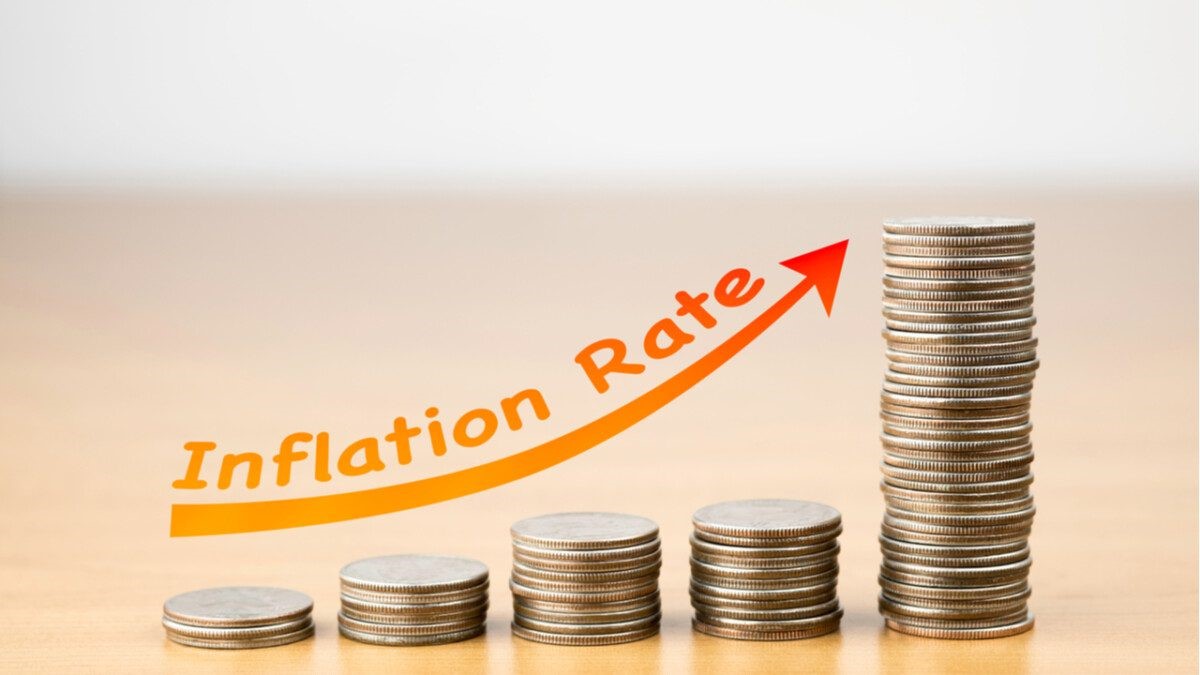Kenya Inflation Rate: Most Kenyans continue to grapple with the high cost of living in the face of sharp increases in the prices of essential commodities despite a slight climb in the inflation rate from 7.9% in April to 8.0% in May 2023.
The latest consumer price index (CPI) report released by the Kenya National Bureau of Statistics (KNBS) shows that the cost of food and non-alcoholic beverages shot up by 10.2%, housing, electricity, water, and fuels by 9.7%, and transport by 10.1%.
Households were forced to stretch their pockets for necessities like sugar, which were pointed out by KNBS as key drivers of inflation.
“The prices for sugar, carrots, onions (leeks and bulbs), and beans increased by 22.1%, 6.3%, 5.1%, and 3.6%, respectively, between April 2023 and May 2023. During the same period, however, prices of kale (sukuma wiki), cabbages, and avocado declined by 7.4%, 5.7%, and 4.4%, respectively,” it noted.
Despite the cost of goods and services rising by 0.1% positive datapoint, several aspects require careful consideration. For instance, per Economic Survey 2023, the Kenya inflation rate in the year ended 2022 was 7.7%, up by 1.59% compared to the previous year and 0.3% more than the current rate.
That means a 0.3% hike in the cost of goods and services compared to last year. The cost of healthcare, for its part, rose by 2.8%. Sadly, tough times seem to last a little longer as inflation affects living costs because Kenya inflation rate is a two-sided coin impacted by supply-side factors and demand-pull factors.
See >> Inflation Forces Migrants To Cut Down Remittances
On supply-side factors, for example, there was a decline in the agricultural industry by 1.6%, leading to low production of crops like maize and other staple foods like potatoes. The only sector in agriculture which recorded a plus is fishing and aquaculture, with 0.8% growth.
The event of no subsidies, lack of proper policies to scale down living costs with immediate effect, an increase of 3.8% in waged earnings but a remarkable decrease of -3.0% in real average earnings piles severe pressure on operating margins as many are tied to live under their means, causing imbalances in supply and demand.
This can explain why many Kenyans find it hard to break even. Brace up!
Next >> Investors Changing Strategies To Counter Inflation













Leave a comment